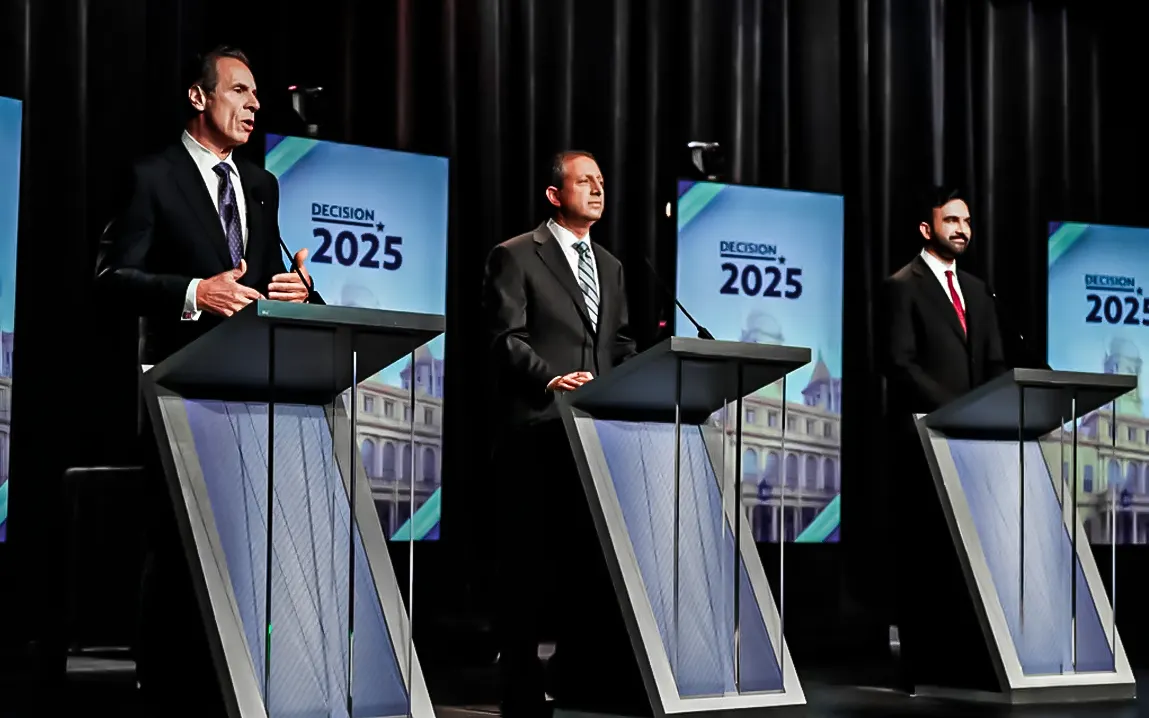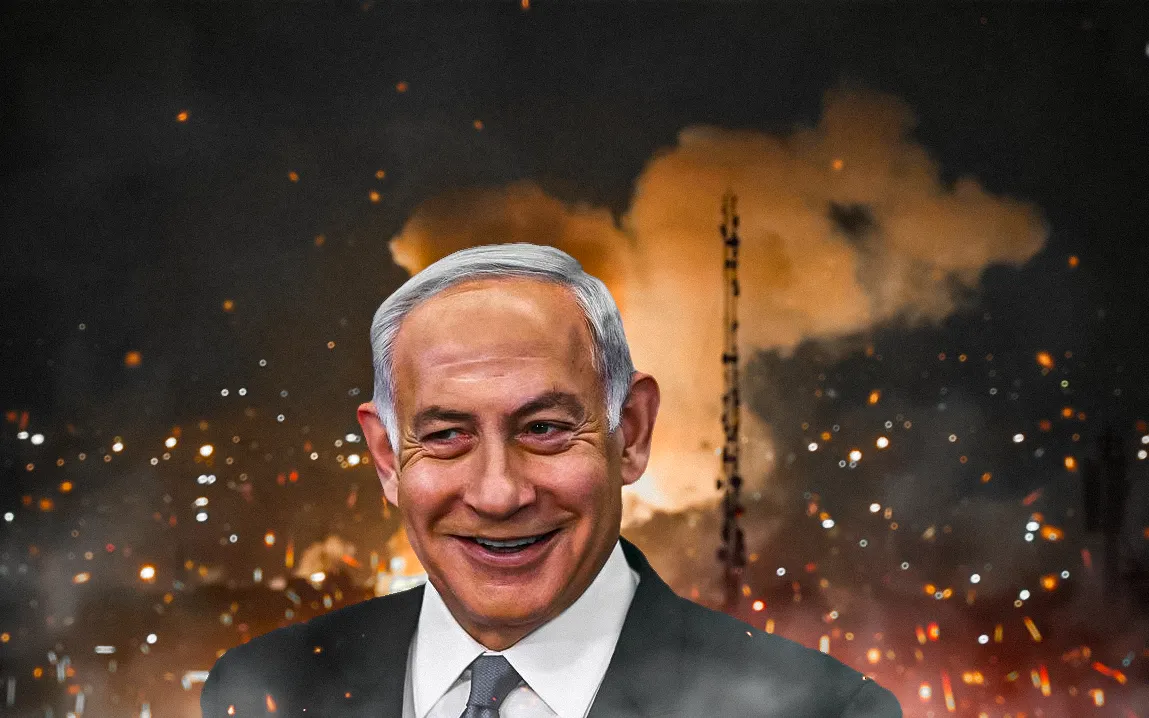Former President Donald Trump has shifted his rhetoric around fast-track trade deals, marking a notable departure from his earlier, more aggressive stance. Just weeks ago, Trump touted the idea that his sweeping tariffs would push dozens of nations to rush into favorable trade agreements. But as those deals have yet to materialize, the tone from Team Trump has noticeably softened.
“I’m telling you, these countries are calling us up, kissing my a–,” Trump said last month before his reciprocal tariffs were due to go into effect. “They are dying to make a deal. ‘Please, please, sir, make a deal. I’ll do anything. I’ll do anything, sir!” Trump had said in a characteristically brash moment last month. At the time, his administration was projecting a rapid-fire approach, claiming that up to“Meet the Press,” “We’ve got 90 deals in 90 days possibly pending here.”
Now, facing political heat over rising consumer costs and concerns about a slowing economy, Trump is backtracking.
On Tuesday, a visibly frustrated Trump addressed reporters, saying, “You keep writing about deals, deals. When are we going to sign one? It’s very simple. We’re going to say, in some cases, we want you to open up your country. In some cases, we want you to drop your tariffs.”
This shift in strategy reflects the complexities of global trade negotiations, especially as the U.S. hasn’t even reopened talks with China, its biggest trading partner, despite slapping a 145% tariff on Chinese imports. Treasury Secretary Scott Bessent noted that a meeting with Chinese officials scheduled in Switzerland is only the “early phase” of engagement.
While trade deal progress has slowed, another foreign policy front is drawing attention — the increasingly delicate relationship between Trump and Israeli Prime Minister Benjamin Netanyahu.
This week, Trump announced a ceasefire with Yemen’s Houthi rebels after they agreed to stop firing on U.S. ships. But Israel, America’s closest ally in the Middle East, was left in the dark, and its ships weren’t included in the truce. Israel responded with a strike on a Yemeni airport after a Houthi attack nearly hit its Ben Gurion Airport.
This lack of coordination is raising eyebrows in diplomatic circles. Netanyahu had recently visited Washington, hoping to secure U.S. air support for a potential operation targeting Iran’s nuclear facilities. Instead, Trump took a different route — agreeing to direct talks with Iran.
Now, the Trump administration is pressing for a ceasefire and hostage release between Israel and Hamas, hoping to secure a diplomatic victory before Trump departs on a trip to Saudi Arabia, the UAE, and Qatar. A key goal of the trip: reviving the Abraham Accords and persuading Saudi Arabia to take steps toward recognizing Israel.
However, with Hamas still deeply entrenched and Israel now occupying two-thirds of Gaza, the path forward looks uncertain. Netanyahu has called up reserves to expand military operations, while backchannel talks continue in Washington. Ron Dermer, Netanyahu’s close adviser and Israel’s former ambassador to the U.S., arrived in D.C. this week for ceasefire discussions with Secretary of State Marco Rubio and Middle East envoy Steve Witkoff.
At Israel’s Independence Day event in Washington, Witkoff nudged Israelis to bridge political divides, a gentle but clear signal that Washington is watching closely.
The big question now: Will Netanyahu ease military operations in Gaza to help achieve a historic peace and trade deal between Israel and Saudi Arabia? Or will the ongoing conflict continue to stall broader progress in the region?
As Trump attempts to stitch together diplomatic wins on both trade and foreign policy, he’s finding that bluster alone won’t seal the deal.



